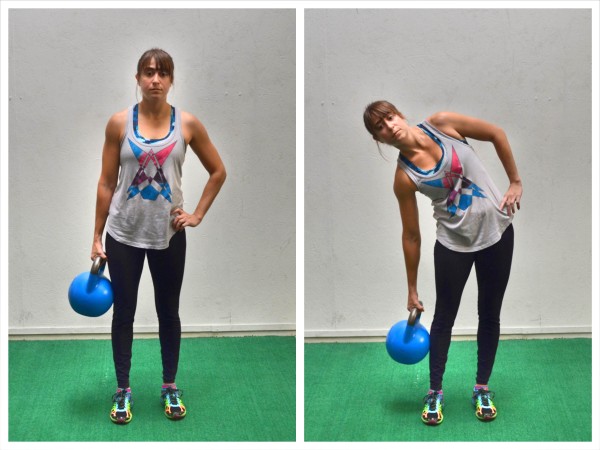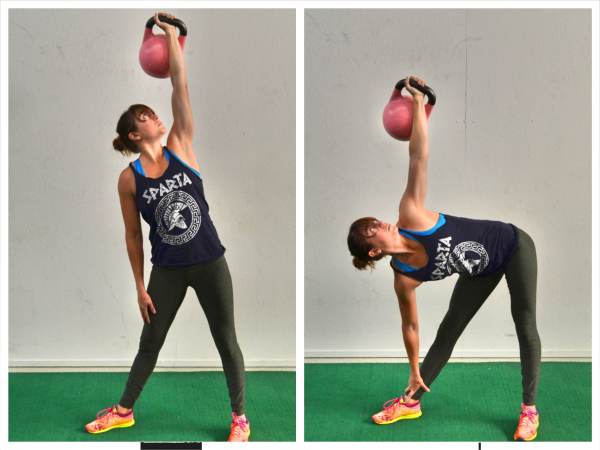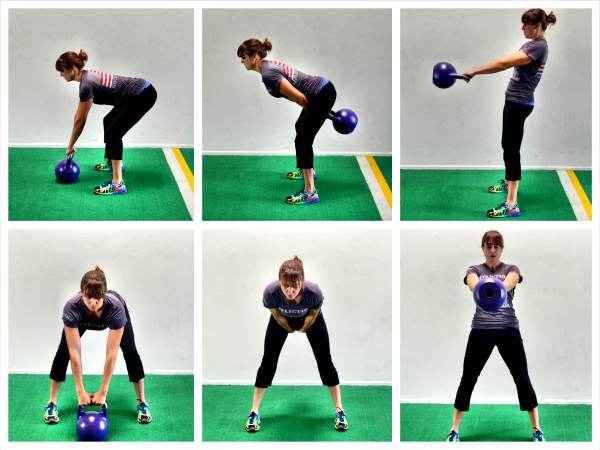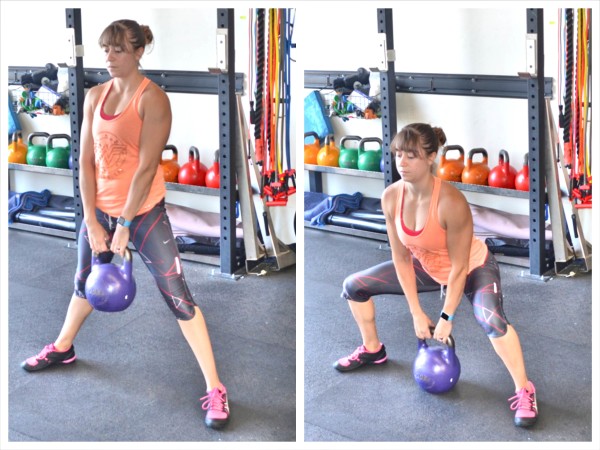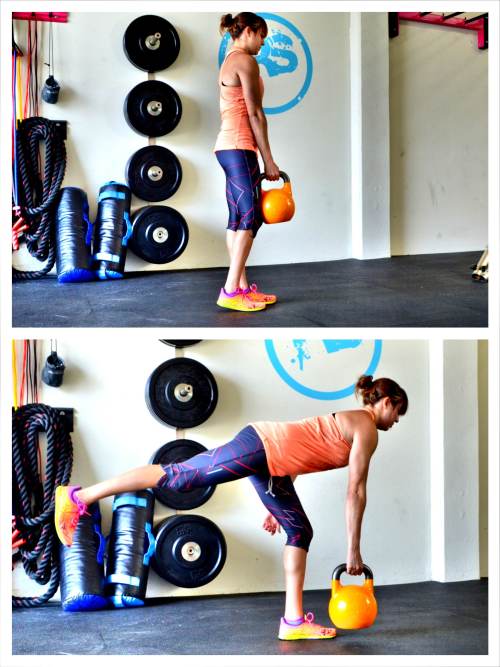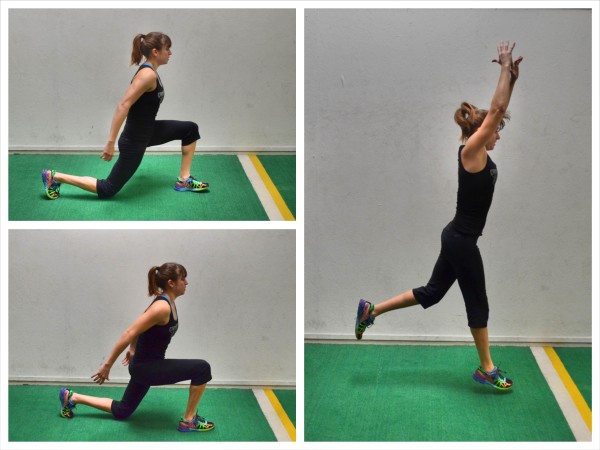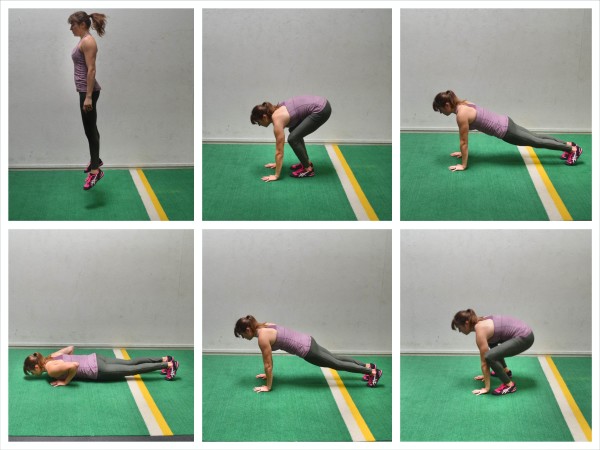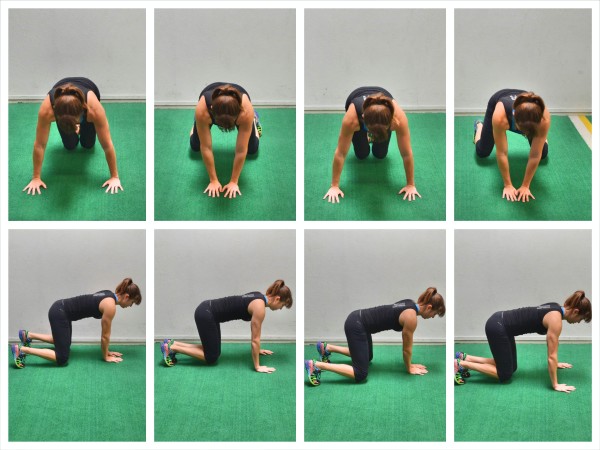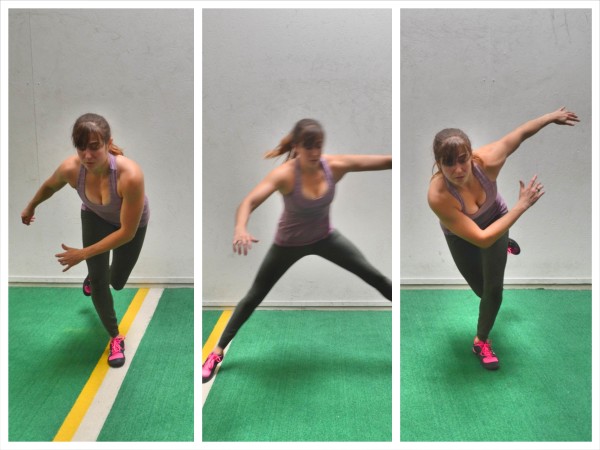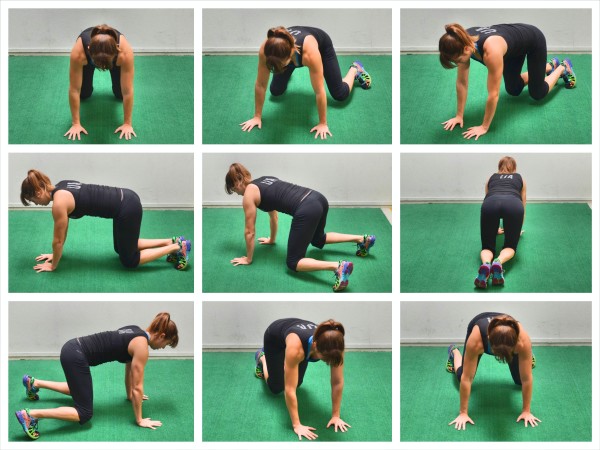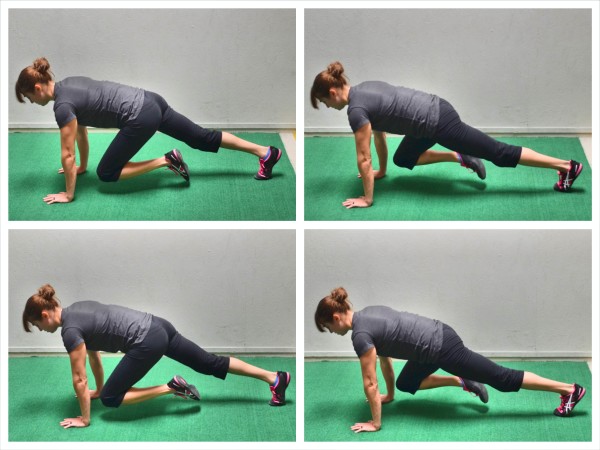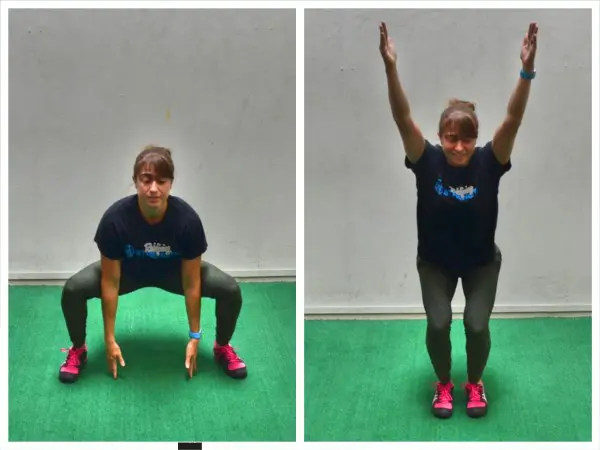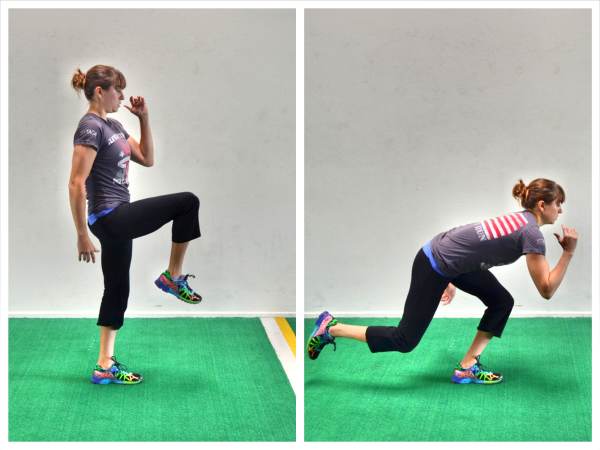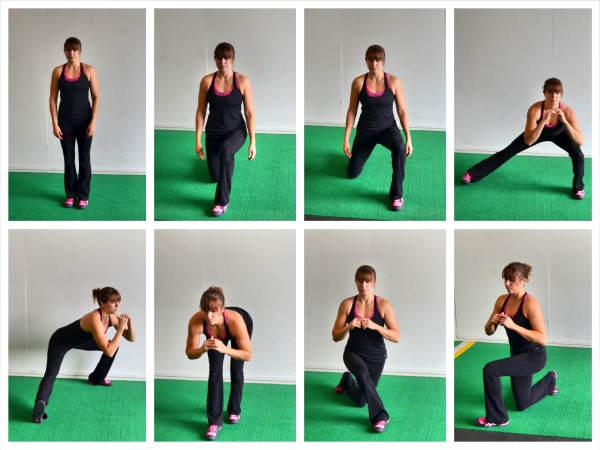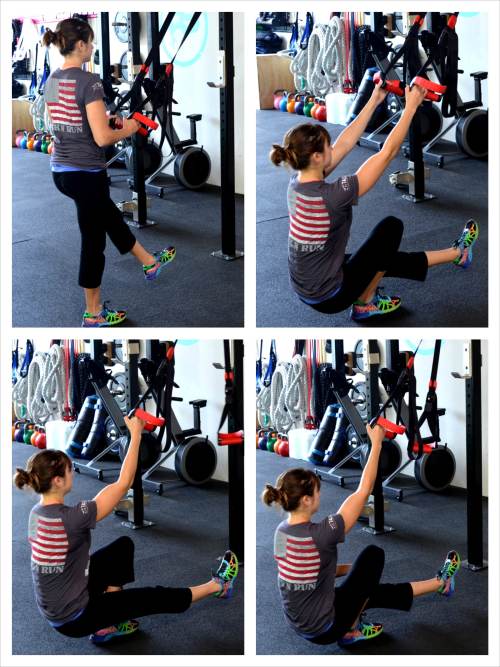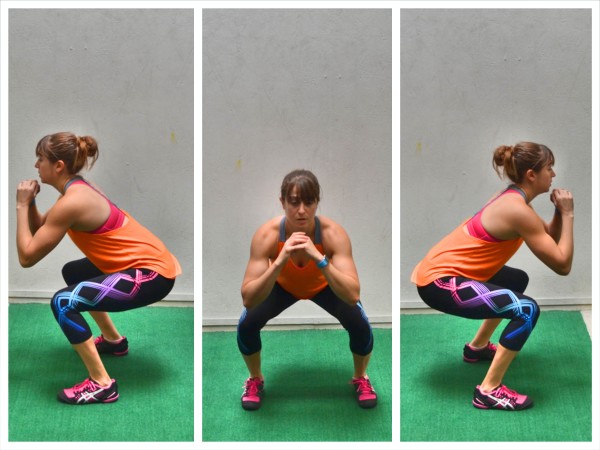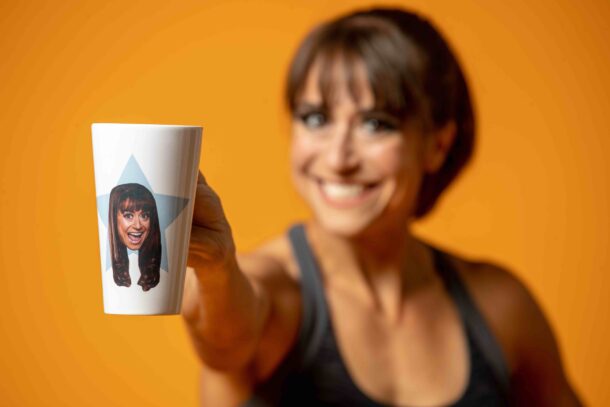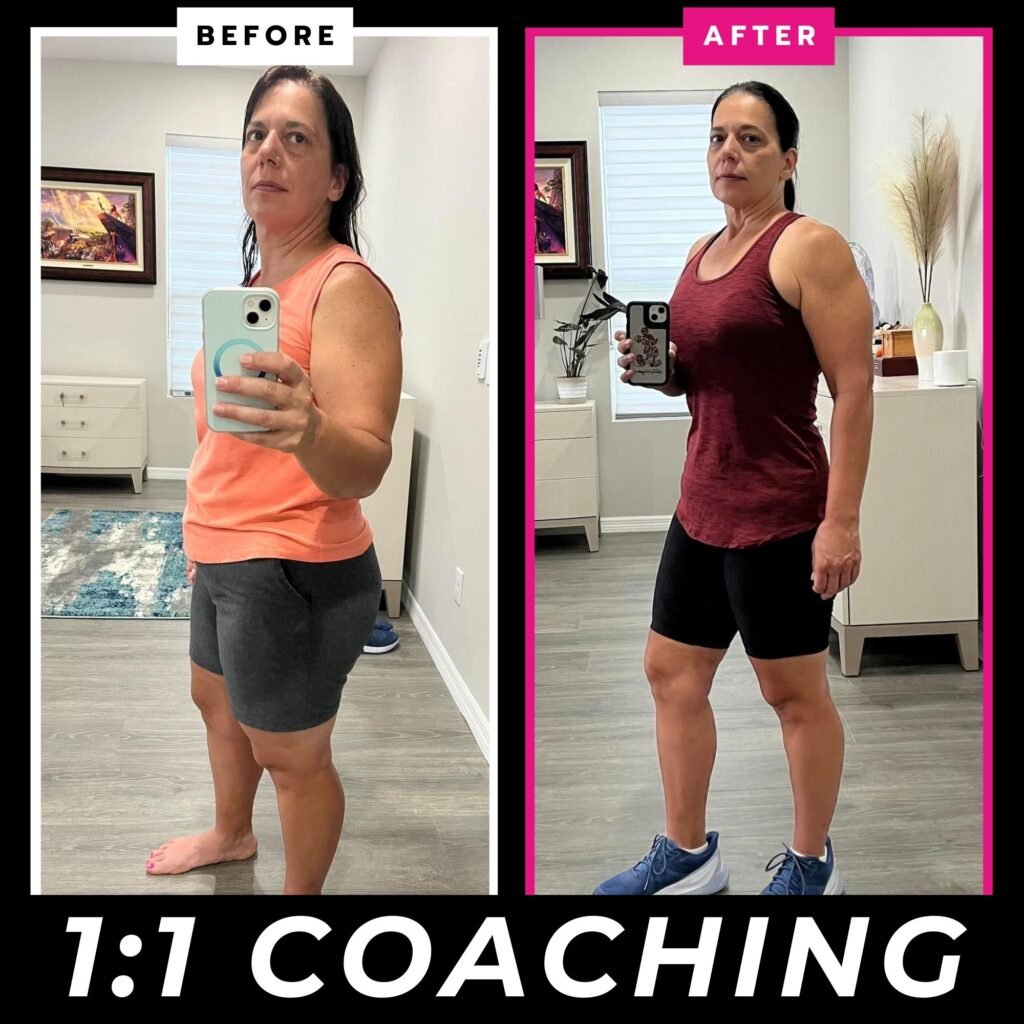WARM UP
Stretch and Roll Out:
Calves
Quads
Groin
Hips/Glutes
Back
Chest
Shoulders
WORKOUT
Perform 5-8 rounds of the following circuits. Each exercise will be performed for 10 seconds. Move quickly from one exercise to the next. Rest 20 seconds between rounds and 1-2 minutes between the two circuits.
CIRCUIT #1:
Burpees
Sit Thru
Lateral Crawls
Skater Hops
CIRCUIT #2:
Split Squat Jumps
Circle Crawls
Mt. Climbers
Squat Jacks
COOL DOWN
Make sure to walk around and let your heart rate come down before you stretch and roll out.
Stretch and Roll Out:
Calves
Quads
Groin
Hips/Glutes
Back
Chest
Shoulders
NOTES:
Beginners may need more rest between rounds and circuits. You don’t want to have to rest between exercises so, if necessary, rest longer than a minute between rounds.
EXERCISE DESCRIPTIONS:
Burpees – Start standing with your feet together. Then place your hands on the ground in front of your feet. Jump your feet back so you are in the high plank position. Beginners may need to step their feet back instead of jumping them back. Advanced lifters will then do a push up, dropping their chests to the ground. If you can’t move quickly while including the push up or you can’t do a full push up, you will simply jump your feet back then jump them back in with no push up in between. If you do include the push up, once you press back up, jump your feet back up to your hands. As you stand back up, you are going to jump up off the ground. Beginners may not want to include the jump at the top. After you jump, go right back down and repeat the move.

Sit Thru – Start on your hands and knees. Flex your feet and press up onto your hands and toes with your hands under your shoulders and your knees under your hips. You will then rotate open toward the right and bring your left leg under and through toward where your right hand is. As you bring your left leg forward and through, lift your right hand. You should be almost sitting with your left hand down to support you. Then bring the left leg back through so you are back in the starting position. Next rotate to the left and kick your right leg through and forward as you lift your left hand. Move as quickly as you can back and forth. Beginners may need to move slowly or even start in a more spread out position with their legs out straight.

Lateral Crawls – Set up on your hands and knees with your knees under your hips and your hands under your shoulders. Flex your feet and press up onto your hands and toes, keeping your knees and hands in the same position. You will then move laterally, keeping your knees close to the ground and your back flat. As you move sideways, your hands will come together as you step your feet apart and then your hands will move apart as you step your feet together. Beginners may do a baby crawl to start from their hands and knees if they can’t maintain the table top crawl.

Skater Hops – Start to one side of the space you have to use. You are going to jump lateral, hopping from one foot to the other while trying to move as quickly and cover as much distance as possible. If you start to the right, you are going to push off your right leg and push yourself laterally as far as you can. When you land, you will land on your left leg. Keep your chest facing straight ahead. As you land, sink into a variation of the skater lunge. Then push off your left leg and jump back right, landing on your right foot. Try not to touch the other foot down when you land. Only touch if you need to. Beginners may need to go slower and not jump as far. As you advance, do not pause on either side of the jump to balance. Also, make sure you are jumping as far as quickly as possible.

Split Squat Jumps – Step one foot backward into a lunge. Sink into a deep lunge, bending both knees as if kneeling down to the ground. Then jump up and as you jump, switch into a lunge on the other side. Sink down into the lunge on the other side once you land and then explode back up and while jumping switch back into a lunge on the first side. Beginners may need to do quick step back lunges instead of jumping to switch. The lower you go in the lunge and the quicker you jump and switch, the harder the move will be.

Circle Crawls – Set up on your hands and knees. Flex your feet and lift up onto your hands and toes. Your knees should be under your hips and your hands should be under your shoulders. Pretend their is a string attaching your belly button to the ground. You may even want to put something on the ground under your belly button to keep you centered. Then begin to circle over that spot. Do one full circle one direction then switch and do a complete circle the other way. To move in a circle, you will take a step with the opposite hand and leg. Make sure to move both your hands and feet. You do not just want to move your feet and circle around your hands! Beginners may need to do a baby crawl on their hands and knees to start.

Mt. Climbers – Set up in a high plank from your hands and toes. Bring your right knee in toward your chest. Then drive the foot back out and bring your left knee in toward your chest. As you bring each knee in, you will just lightly tap the toe of that leg on the ground. Do not put weight on that front leg. Go as fast as you can, alternating knee drives. Mountain Climbers should look like you are “running” with your hands on the ground. Beginners may need to go slowly to start or even put their hands up on a low table or bar to perform incline mountain climbers. Advanced exercisers will want to “run” as quickly as possible or even add sliders or a towel under their feet.

Squat Jacks – Squat jacks are a variation of the basic jumping jack. Start with your hands by your side and your feet together. Then squat down with your feet together. Get as low as you can. Then jump your feet out to between about hip-width and shoulder-width apart. Stay low in the squat even as you jump out. As you jump out, also bring your hands up and together overhead. When you jump back in, bring your hands back down to your sides. Stay low in the squat the entire time.

